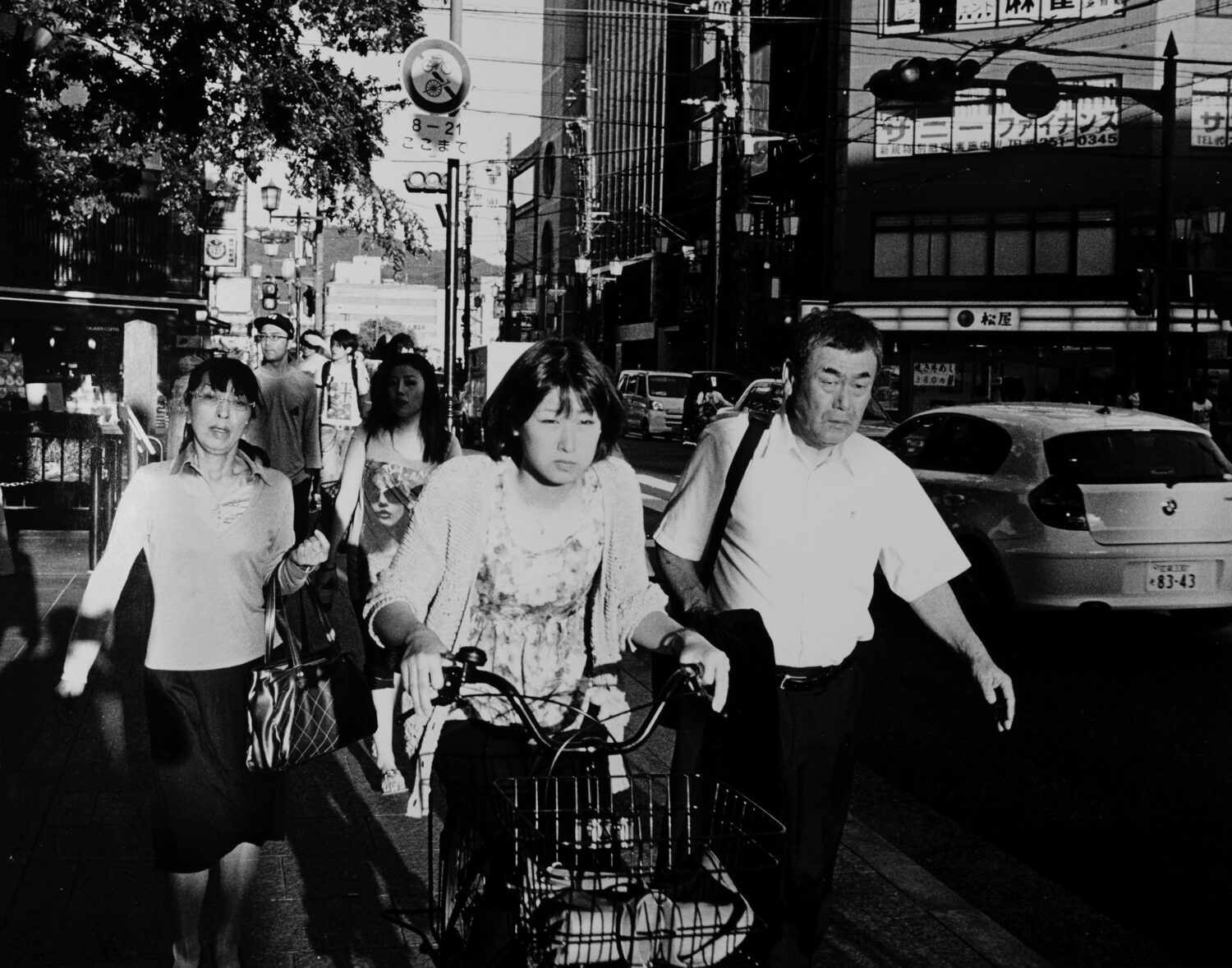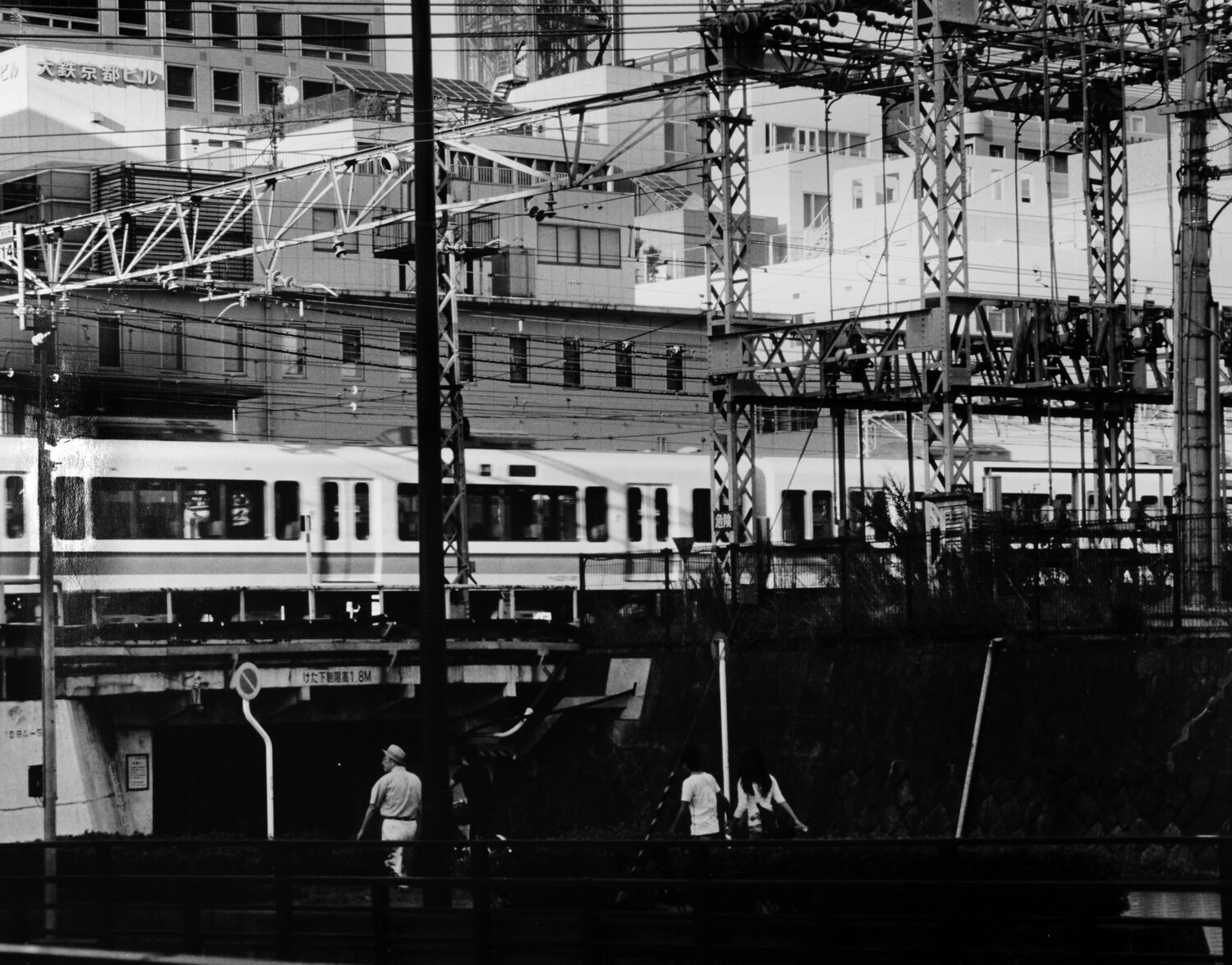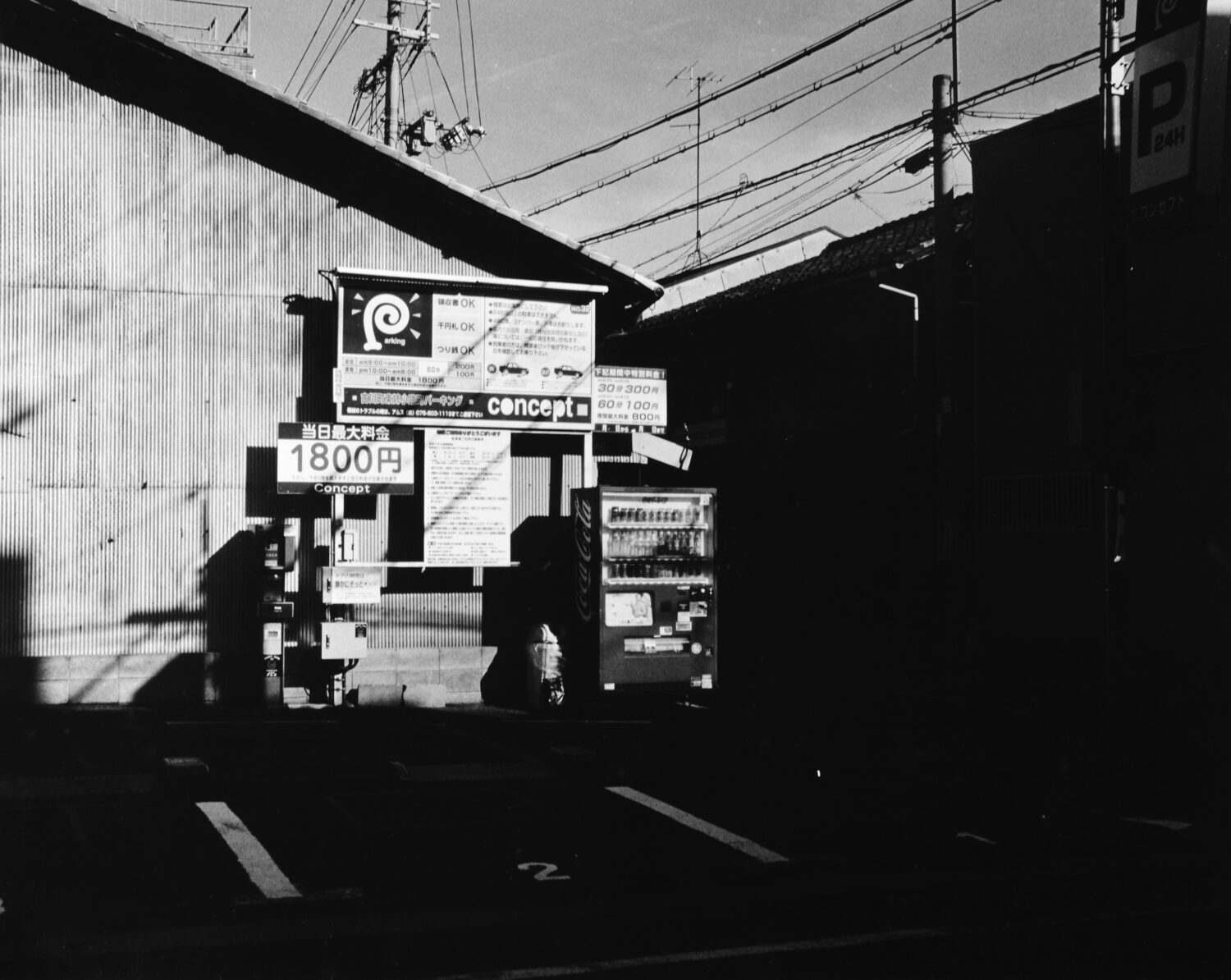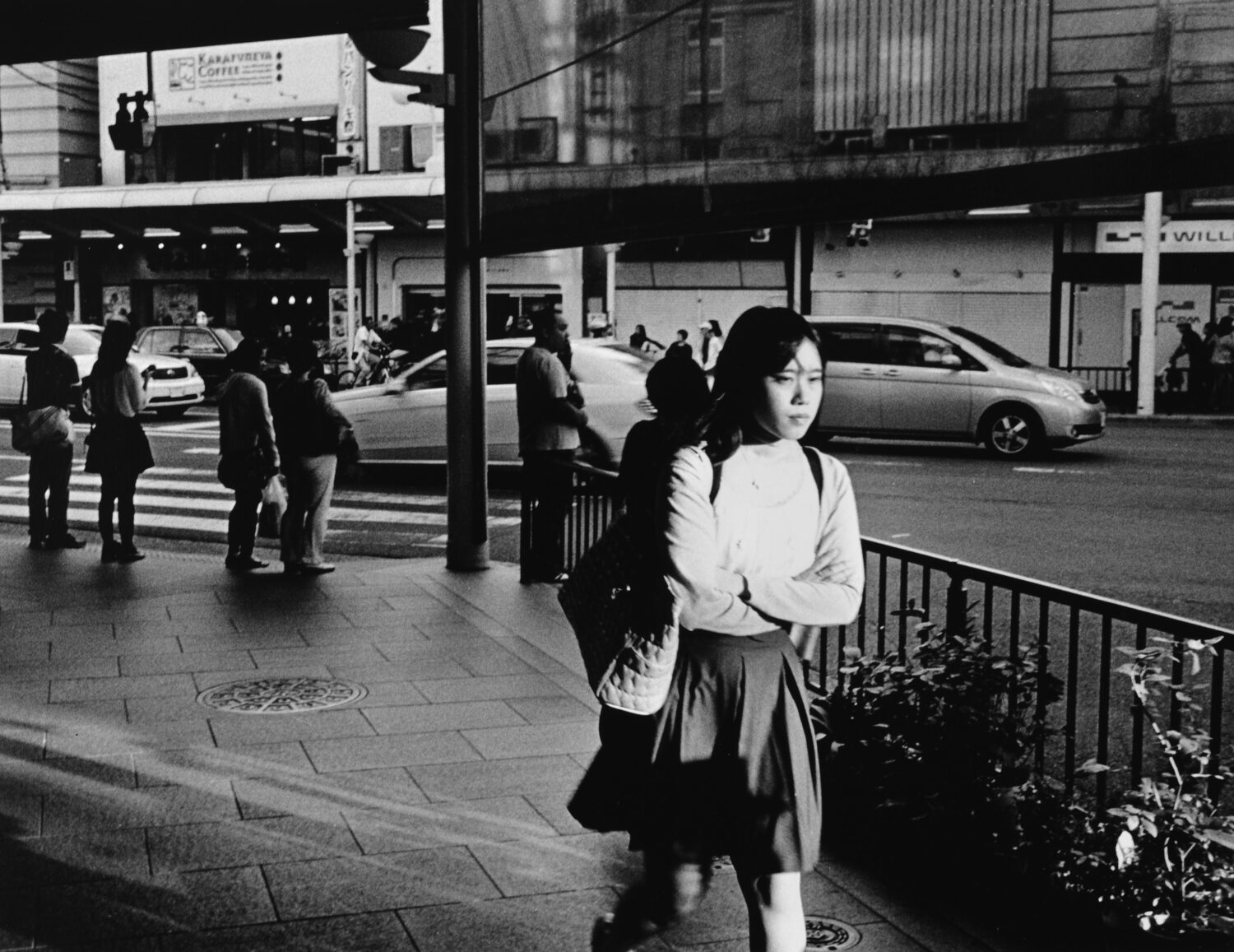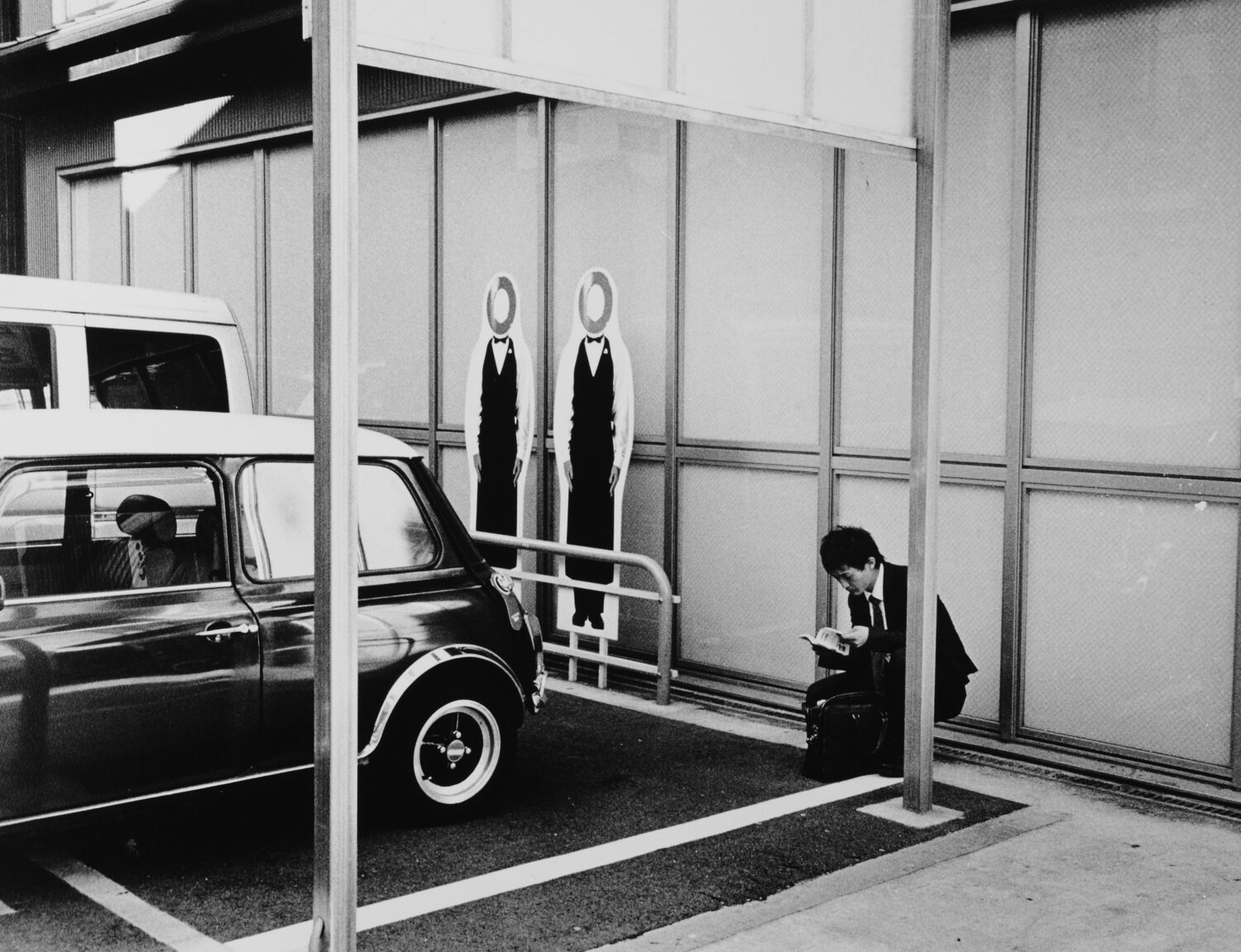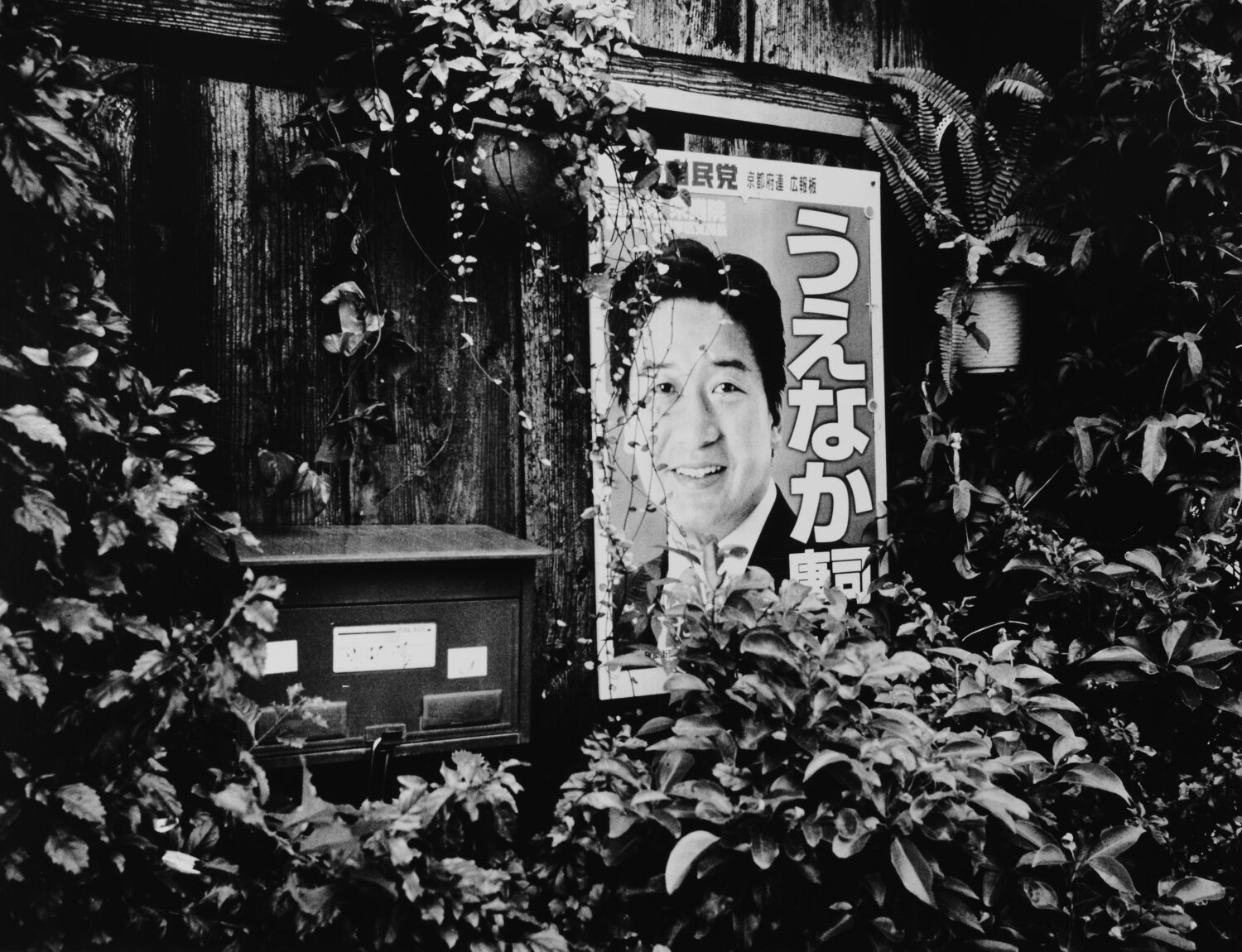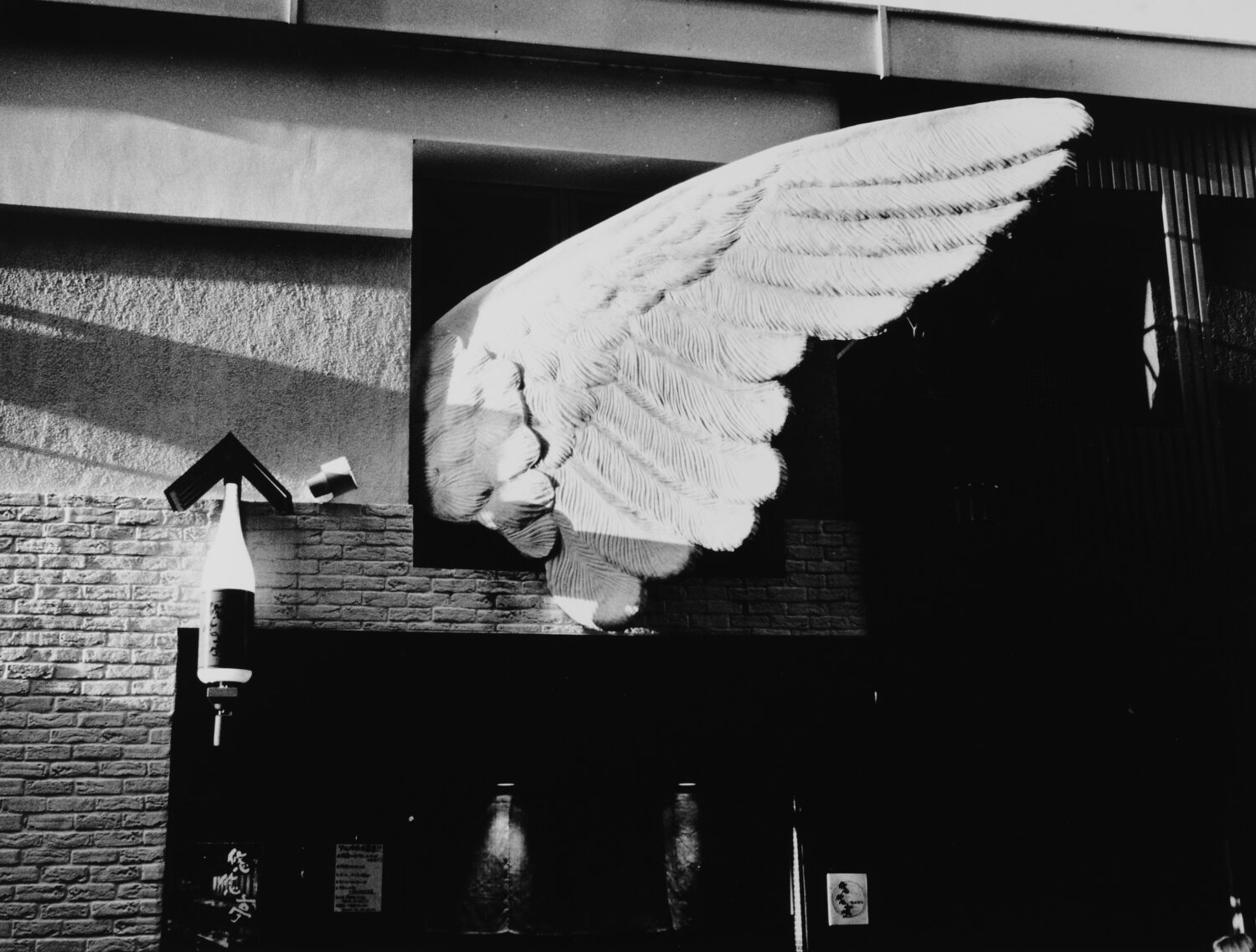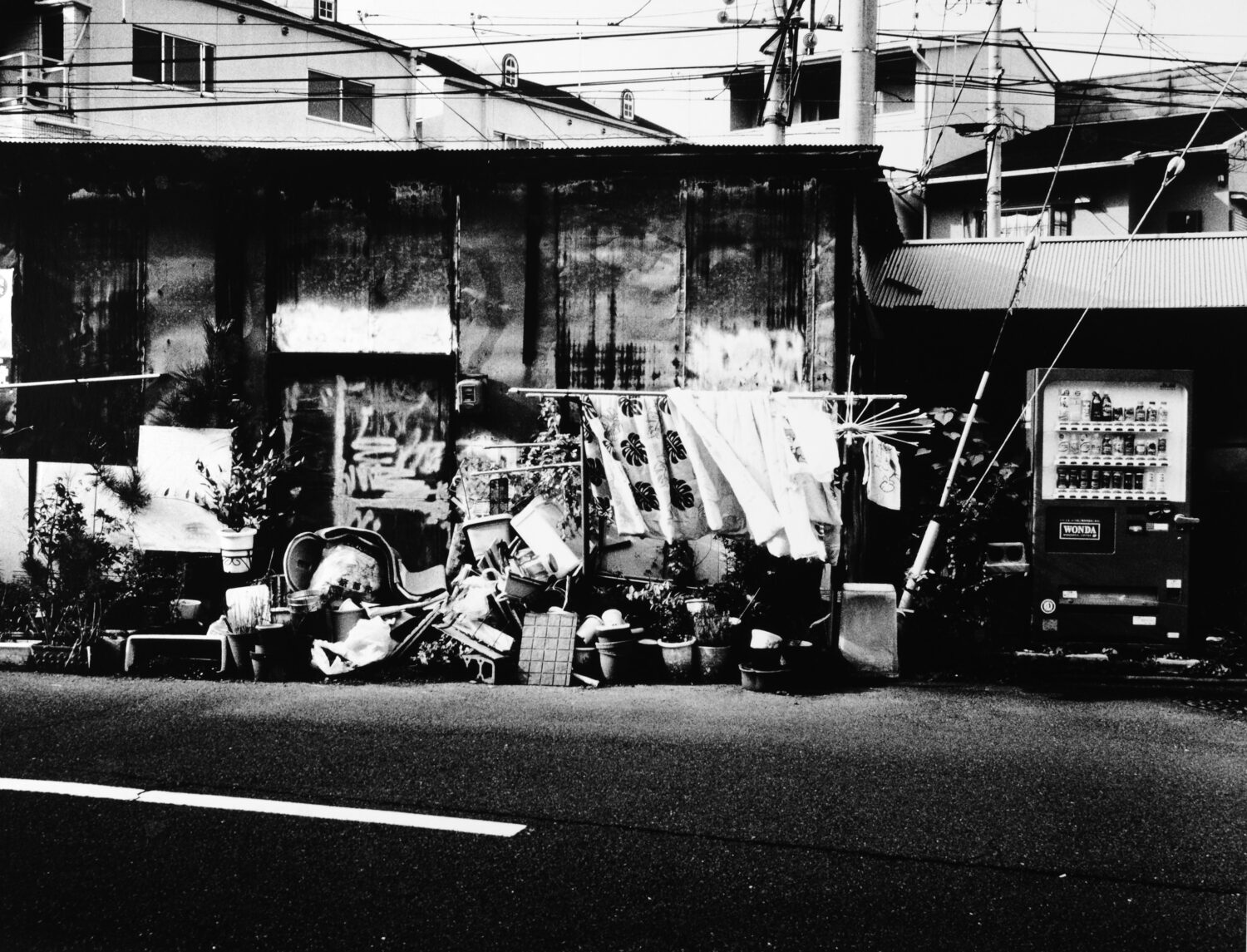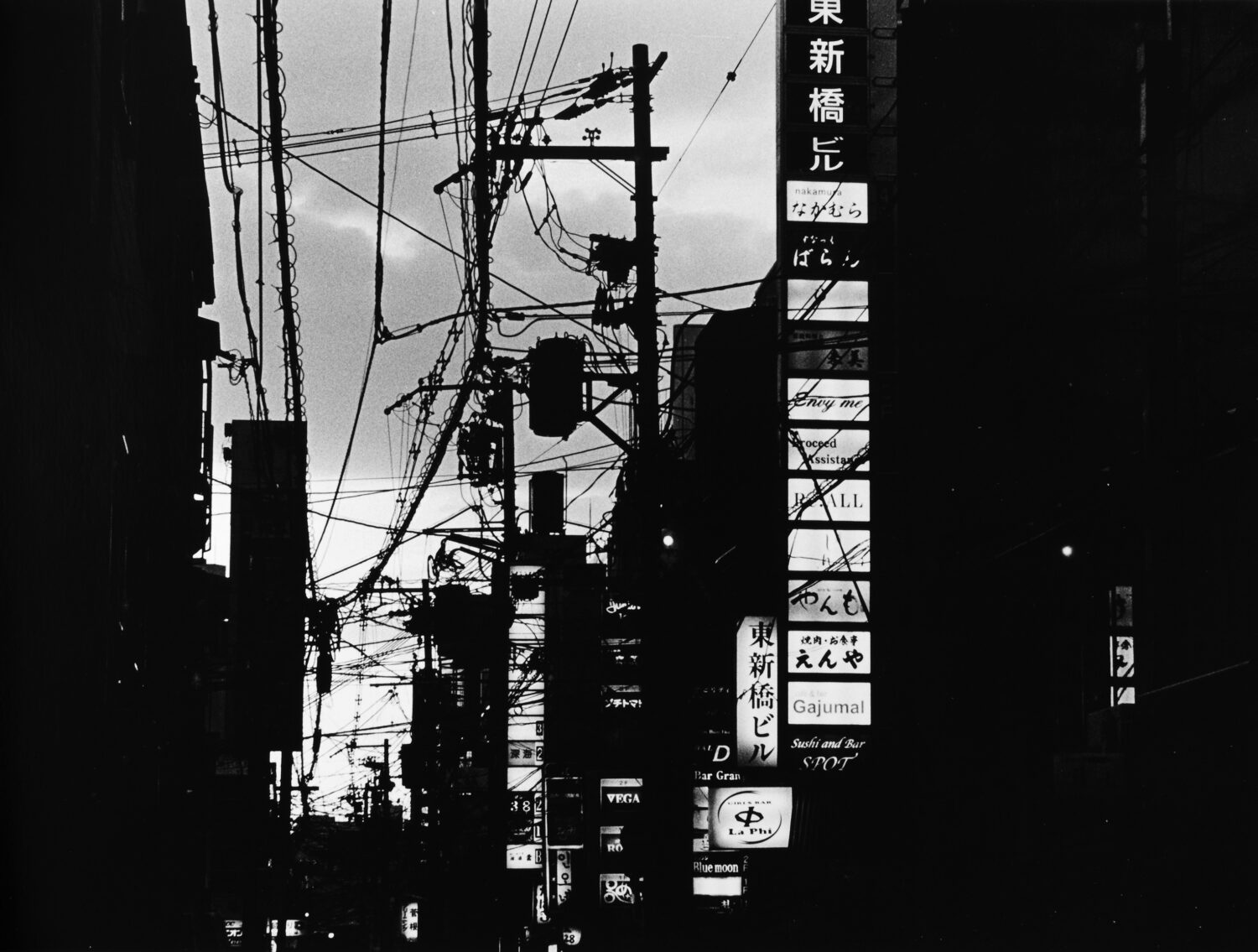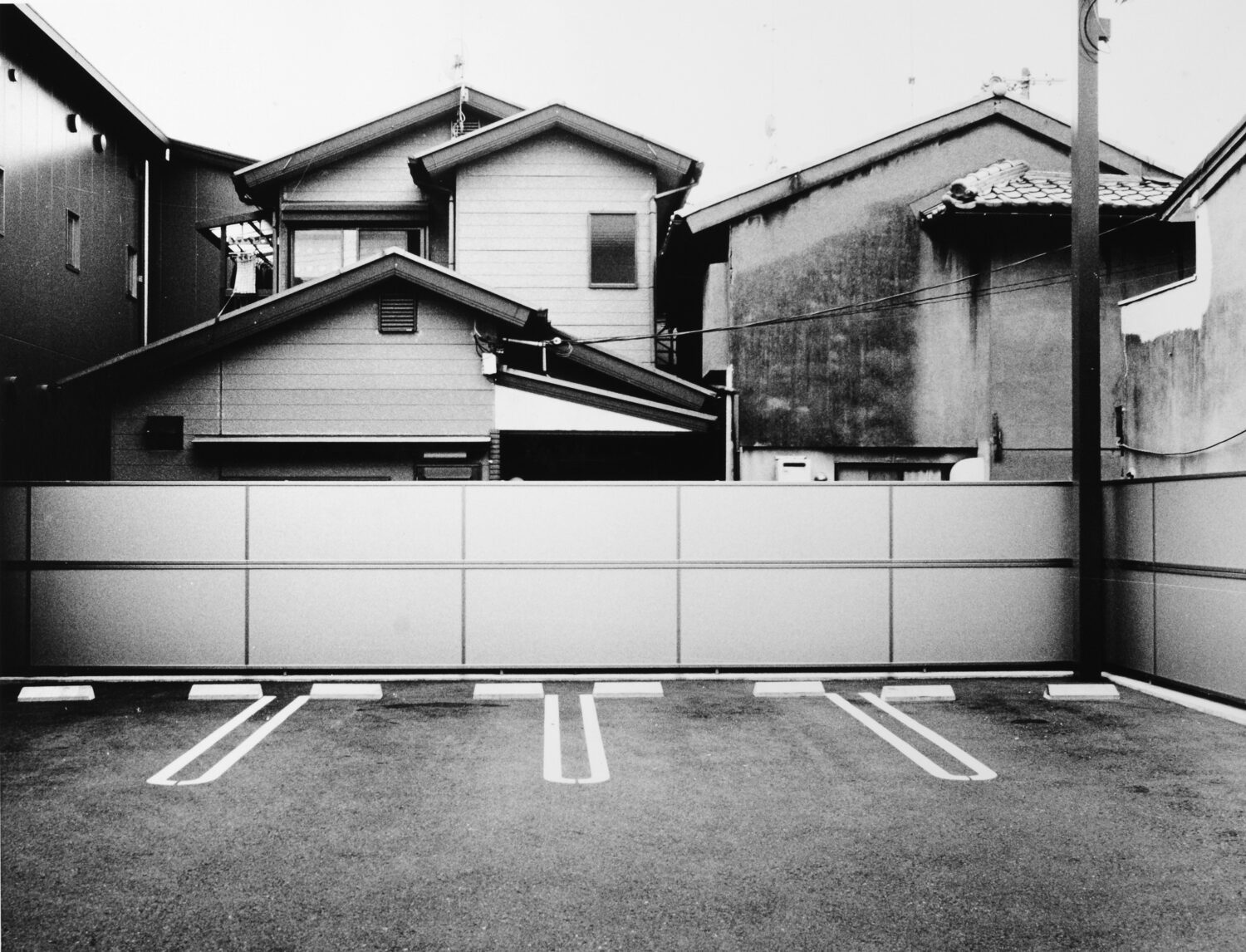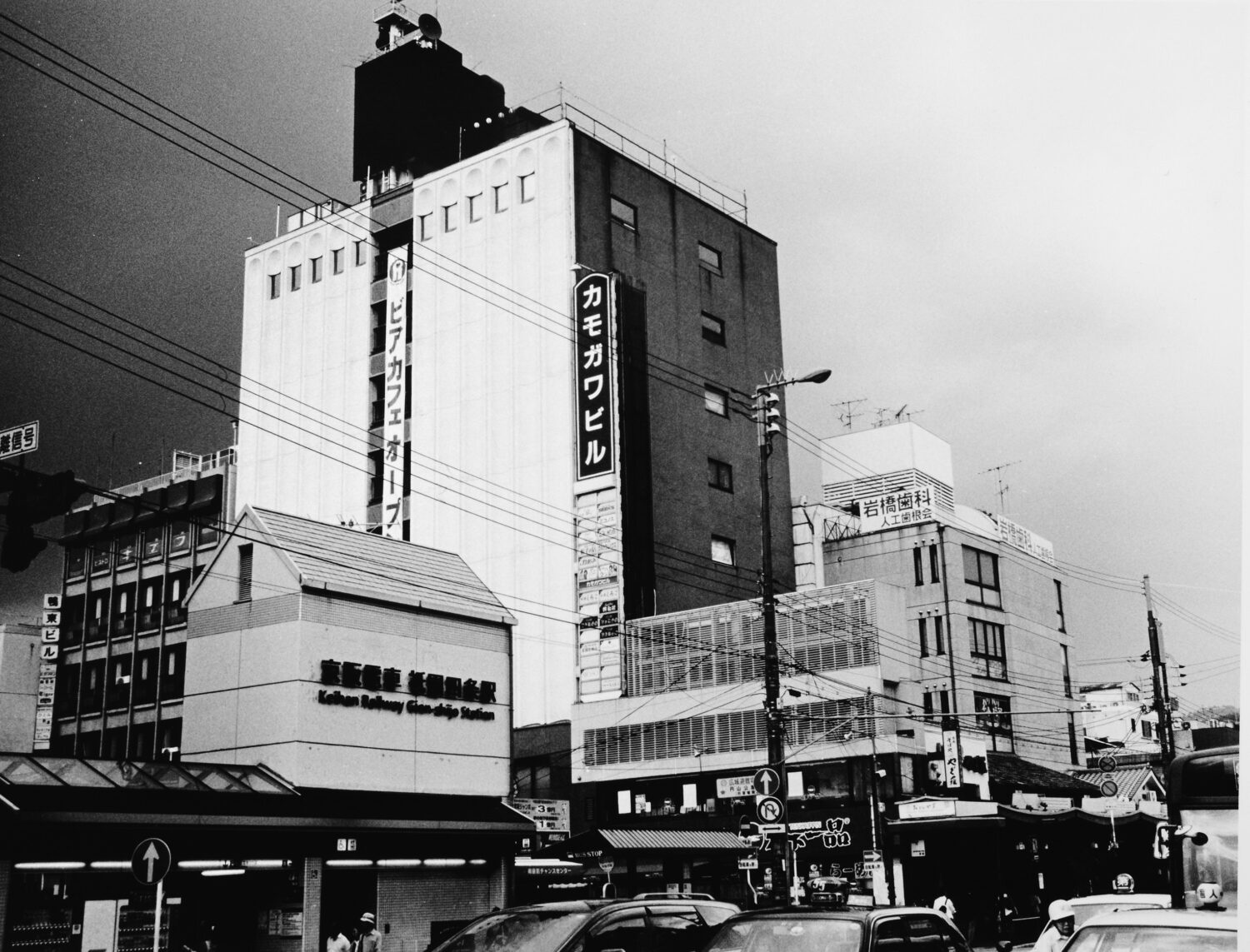The 20th-century Japanese philosopher Nishida Kitaro walked daily through Kyoto’s natural beauty contemplating the human condition amongst cherry blossoms and streams of crystal clear water. This trail is now known as The Philosopher’s Path and has become a tourist attraction. However for the contemporary philosopher this path is superfluous, an extravagance of nostalgic wandering. Anyone in quest of an understanding of contemporary Japanese life has no option but to thread a new path through the city’s streets, the dense urban sprawl and the consumerist reality that is the new order in an increasingly urbanised world.
David Pisani’s photographic essay traces such a path, random and eccentric, through Kyoto’s city centre sympathetically photographing life as it flows through the streets of the city. Abrupt and accidental but never haphazardous this photo essay speaks of an apparent chaos seeking a fragile balance in the deceptively reassuring order of architecture.
La philosophe du vingtième siècle Nishida Kitaro marchait quotidiennement à travers la beauté naturelle de Kyoto en contemplant la condition humaine parmi les cerisiers en fleur et les ruisseaux d’eau claire. Ce chemin est aujourd’hui connu comme le “chemin du philosophe” et est devenu une attraction touristique. Cependant pour le philosophe contemporain ce chemin est devenu superflu, le fruit extravagant des dérives nostalgiques. Quiconque en quête d’une compréhension de la vie japonaise contemporaine n’a d’autre choix que de tisser un passage entre les rues de la ville, l’étendue urbaine dense et la réalité consumériste qui représentent le nouvel ordre dans un monde de plus en plus urbanisé.
L’essai photographique de David Pisani retrace un tel chemin, hasardeux et excentrique, à travers le centre ville de Kyoto. Avec empathie, il fige le flot de la vie urbaine qu’il rencontre dans les rues. Cet essai photographique abrupt et accidentel parfois mais jamais hasardeux, raconte un chaos apparent cherchant l’équilibre fragile dans l’ordre architectural illusoirement rassurant.
20世紀の日本の哲学者、西田幾多郎は、桜並木と清澄な水をたたえる河川の下で京都の自然美を日々散策しながら、人間のあり方について思索しました。今や観光名所として知られるようになった『哲学の道』は、現代の哲学者たちにとればあまりにも懐古的で、関連性を見出すことができないのではないでしょうか。今の日本を理解するには、市内の通りや拡大する密集市街地、消費化社会の現実にむけて新たな『道』を紡ぎ出す必要があります。それが都市化する現代社会における新しい秩序なのです。
デイヴィッド・ピサーニのフォトエッセイは、京都中心部のランダムでエキセントリックな『道』を写真に納めながら、街を流れるように往来する人々の生活の姿に迫ります。撮影は計画的というよりも唐突性や偶然性を大切にし、人々に見せかけの安心を与える建築の秩序性に成り立つ、崩れ易いバランスに浮かび上がる混沌を表現しています。
